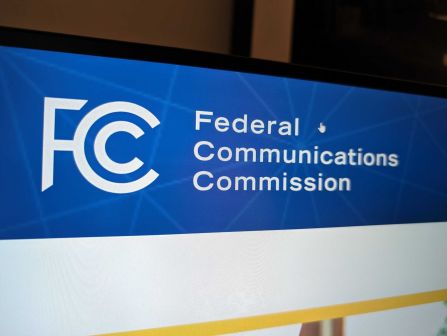House passes Broadband DATA Act, again

The House of Representatives this week passed a revised version of a bill intended to address the federal government’s methods of mapping broadband coverage in the United States, which have been found to be inaccurate.
The Broadband Deployment Accuracy and Technological Availability — or Broadband DATA — Act was originally passed by the House in December, one of several recent pieces of legislation introduced as part of efforts to get the Federal Communications Commission to improve its broadband mapping strategy, which has been criticized for allowing telecommunications companies to overstate their coverage areas, especially in rural areas.
The Broadband DATA Act is expected to pass an impending Senate vote before it moves to President Donald Trump’s desk.
“Today, the House once again passed legislation to fix our nation’s faulty broadband maps,” House Energy & Commerce Chairman Frank Pallone, D-N.J., and Communications Subcommittee Chairman Mike Doyle, D-Pa., said in a joint statement. “Accurately mapping the availability of broadband internet service is essential to promoting the deployment of high-speed service to all Americans, especially those in unserved and underserved areas.”
The act, which was introduced by Rep. David Loebsack, D-Iowa, would require the FCC to adopt new data collection rules, including new verification techniques and maps, to ensure more granular broadband coverage data than it currently receives from telecommunications firms, which self-report coverage by census block. If just one building in the census block is eligible for coverage, the entire block is considered “covered,” sometimes leaving coverage gaps in rural areas. Experts say this method has also encouraged companies to overstate their coverage so they don’t have to invest in rural areas where building broadband infrastructure is more expensive.
The FCC has already made plans to adopt new data collection rules, called Digital Opportunity Data Collection, that should produce higher-quality and more accurate coverage data by making telecoms report polygonal outlines of their coverage areas and service speeds. The new method will eventually be used to distribute the last $4 billion of the $20 billion Rural Digital Opportunity Fund that the FCC will begin distributing to companies that promise to improve broadband access in rural areas next year, though the first $16 billion will be awarded based on the census-block method.
But some researchers and FCC members say the FCC should wait for more accurate coverage data to become available before funding further broadband expansion.
“That means if your home is marked as served by the FCC’s maps today and it is not, then for the next decade you are on your own,” Commissioner Jessica Rosenworcel wrote in her dissenting against the FCC’s Jan. 30 decision to use the census-block method to distribute the the first $16 billion of the new fund. “It means millions of Americans America will slip deeper into the digital divide.”




